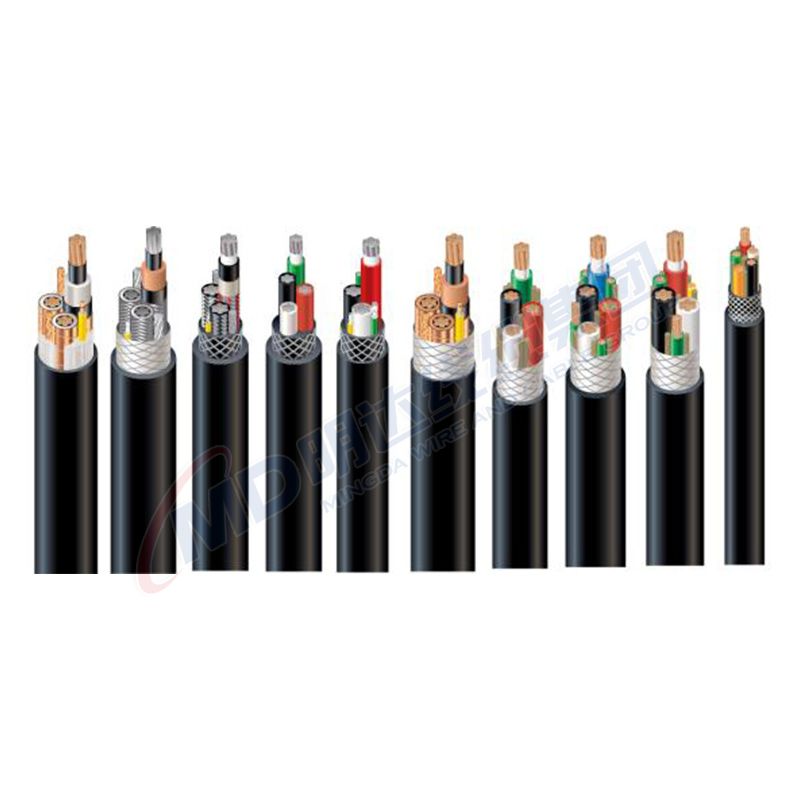Novemba . 07, 2024 16:16 Back to list
Flanged Butterfly Valve Design for Efficient Flow Control and Easy Installation
Understanding Butterfly Valve Flange Ends
Butterfly valves are essential components in various industrial applications, providing efficient control over the flow of fluids. One of the key features that determine a butterfly valve's adaptability and efficiency is its construction, particularly the design of its flange ends. In this article, we will explore the characteristics, advantages, and applications of butterfly valves with flange ends.
What is a Butterfly Valve?
A butterfly valve is a type of quarter-turn valve that consists of a rotating disk or plate (the butterfly) positioned within a pipe. The valve operates by turning the disk, which either allows or restricts the flow of fluid. When fully open, the disk is aligned with the flow, causing minimal obstruction. Conversely, when closed, it creates a tight seal against the valve seat. This design allows for quick and efficient flow regulation.
Flange Ends Explained
Flanged ends are extensions of the valve body that facilitate easy attachment to piping systems. They consist of raised sections or flat surfaces with drilled holes, through which bolts or fasteners are used to secure the valve to the pipes. This connection method is popular due to its simplicity and ability to withstand high pressure.
Butterfly valves can have various end connections, but flange ends are particularly favored for large diameter pipes and high-pressure applications. These valves are available in a range of flange standards, such as ANSI, DIN, and JIS, allowing users to select according to their piping system specifications.
Advantages of Butterfly Valve Flange Ends
1. Ease of Installation The flange end design simplifies the installation process. Flanged valves can be quickly bolted onto existing pipework, reducing labor time and costs.
2. Space Efficiency Compared to other types of valves, butterfly valves with flange ends are compact, making them suitable for installations with limited space. Their lightweight design further enhances ease of handling.
butterfly valve flange end

3. Versatility Flanged butterfly valves are compatible with various media, including water, oils, chemicals, and gases. This versatility makes them ideal for numerous industries, such as water treatment, HVAC systems, and chemical processing.
4. Reliable Performance The dual-seal design of flanged butterfly valves ensures minimal leakage, providing a reliable shutdown mechanism. This trait is particularly crucial in applications dealing with hazardous substances or where environmental safety is a concern.
5. Cost-Effectiveness While initial investment costs can vary, the overall maintenance and operational costs for butterfly valves with flange ends are often lower compared to other valve types. Their durability and efficiency contribute positively to the bottom line.
Applications of Butterfly Valves with Flange Ends
The industrial applications of butterfly valves with flange ends are vast
- Water Treatment Plants They are frequently used to regulate water flow and as isolating valves in pipelines. - HVAC Systems In heating, ventilation, and air conditioning systems, these valves control the flow of air and fluids, ensuring optimal performance.
- Chemical Processing Their resistance to corrosion and ability to handle various chemicals make them indispensable in the chemical industry.
- Power Generation Flanged butterfly valves find applications in steam pipelines and cooling systems, allowing efficient energy management.
Conclusion
Butterfly valves with flange ends represent a practical solution for fluid control across numerous sectors. Their robust design, combined with the ease of installation and reliability, makes them an ideal choice for engineers and facility managers. As industries evolve and demands grow, the butterfly valve's efficiency and versatility will continue to play a critical role in fluid management systems worldwide.
Share